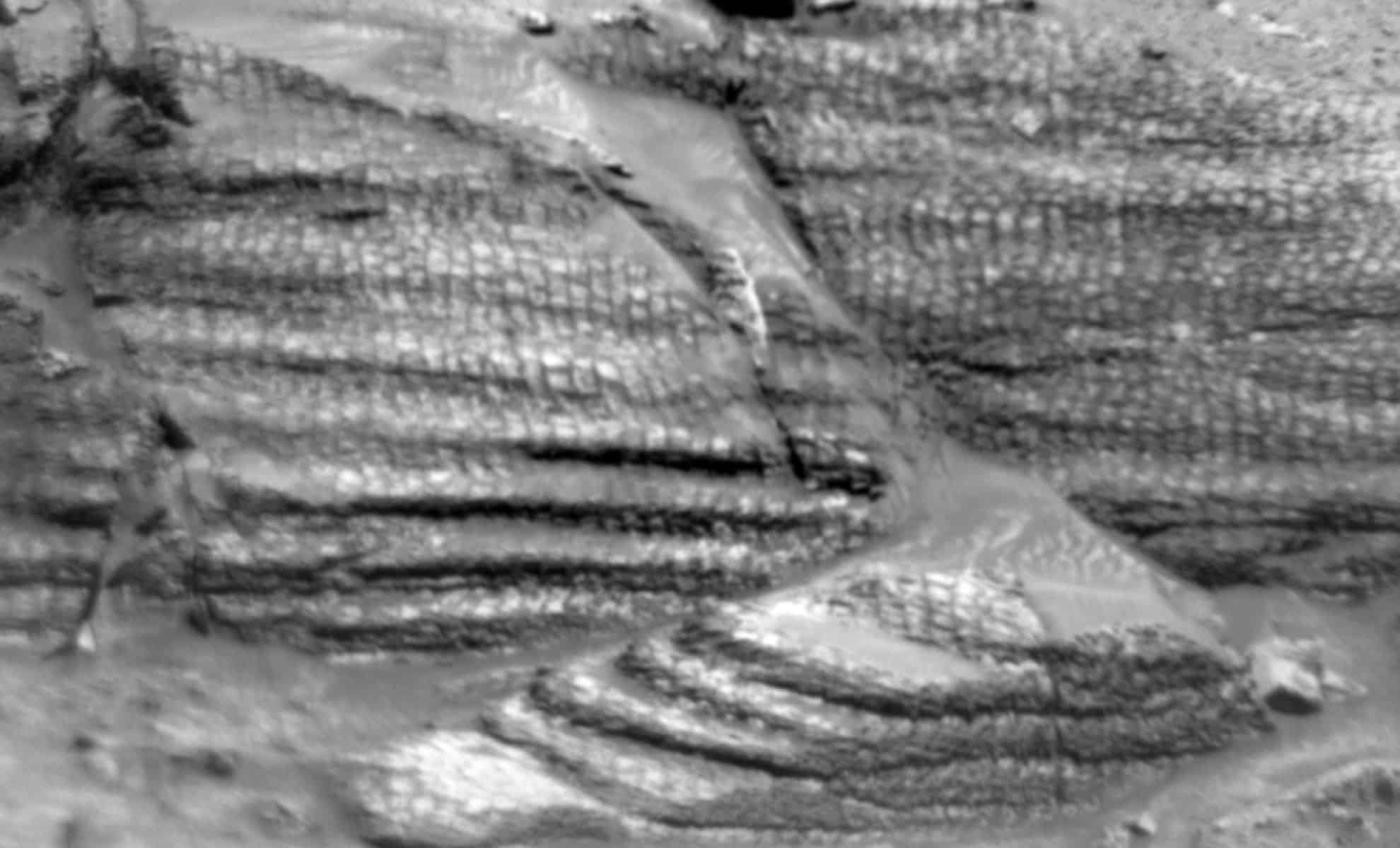
NASA’s Curiosity Just Parked on Mars—And Made an Unprecedented Discovery
How did your country report this? Share your view in the comments.
Diverging Reports Breakdown
NASA’s Curiosity Just Parked on Mars—And Made an Unprecedented Discovery
This year’s film festival is celebrating its 20th anniversary with a number of events taking place over the next few days. This year’s event will be held in New York City, Los Angeles, San Francisco and San Diego, California. The event will also be taking place in London, San Diego and Los Angeles. The festival will also take place in Beijing, Shanghai and Hong Kong. It will end on June 20, with the final event taking place on June 21, 22, 23, 24, 25, 26, 28, 29, 30, 30 and 31 in Hong Kong and the final one on June 22, 3, 4, 5, 6, 7, 8, 9, 10, 11, 12, 13, 14, 15, 16, 14 and 15 in the U.S., 16, 17, 18, 19, 20, 21, 20 and 21 in the Philippines.
Precision Driving Brings Curiosity to a Scientific Goldmine
The successful execution of a complex driving maneuver positioned Curiosity in what mission scientists describe as a “perfect parking spot.” Every wheel settled on stable ground — a non-trivial outcome on Martian soil — enabling safe deployment of the rover’s robotic arm. The team wasted no time in putting this advantageous location to work.
The rover was able to deploy the Alpha Particle X-Ray Spectrometer (APXS) and ChemCam instruments on a carefully selected, flat bedrock target dubbed Tarija. This rock is representative of the surrounding geological context and is thought to be associated with boxwork-like features, a term used for lattice-like mineral patterns that hint at ancient water activity. Supporting this investigation are high-resolution images captured with the MAHLI camera and Mastcam, which help visualize the target’s micro-textures and broader setting. These compositional analyses are critical for understanding the mineral makeup and post-depositional history of the site.
NASA’s Mars rover Curiosity acquired this image of interesting textures exposed in an outcrop at the base of the “Mishe Mokwa” butte, ahead of the rover, using its Chemistry & Camera (ChemCam) Remote Micro Imager (RMI). Curiosity captured the image on June 13, 2025 — Sol 4569, or Martian day 4,569 of the Mars Science Laboratory mission — at 17:53:55 UTC.
NASA/JPL-Caltech/LANL
New Targets Hint at Complex Martian Fracture Systems
Alongside compositional measurements, the science team prioritized detailed imaging of the nearby landscape. A key area of interest is a set of linear ridges located north of the rover’s current position. These formations could point to geological stress patterns or fluid movement in the subsurface, both of which are central to reconstructing Mars’ environmental evolution.
Additionally, Curiosity is surveying a site called Laguna del Bayo, a promising candidate for fracture fill study — locations where mineral-rich fluids may have deposited material in rock cracks, possibly long after the host rock formed. These features are often windows into the chemical environment of past epochs and offer potential insight into habitability conditions.
ChemCam also revisits Mishe Mokwa, a previously observed outcrop, for new imaging data. Comparing multiple datasets from the same site allows researchers to refine their interpretations and watch for subtle changes over time — a technique that has proven vital throughout the mission.
Moving Forward: A Calculated 54-Meter Drive and Atmospheric Science
With the current tasks nearing completion, mission engineers have set their sights on a 54-meter drive — about 177 feet — to a new location. This next move is planned with the same precision that brought Curiosity to its current safe haven. If executed successfully, the rover will shift to a phase of untargeted science, where its instruments autonomously select interesting surface features for study.
This phase includes ChemCam’s autonomous targeting system, which will pick a rock within reach and perform a chemical analysis. The Mars Descent Imager (MARDI) will also take detailed images beneath the rover to better understand the terrain it traverses. Such documentation is invaluable in building a complete picture of the rover’s route and the geological units it intersects.
Simultaneously, environmental sensors remain active. The plan calls for Mastcam tau measurements to assess dust levels in the Martian sky, as well as a Navcam dust-devil survey and a suprahorizon movie, all contributing to the mission’s long-term record of atmospheric conditions. Supporting this suite are continuous operations from DAN (for subsurface hydrogen detection), REMS (weather monitoring), and RAD (radiation measurements).
Source: https://dailygalaxy.com/2025/06/curiosity-mars-unprecedented-discovery/
